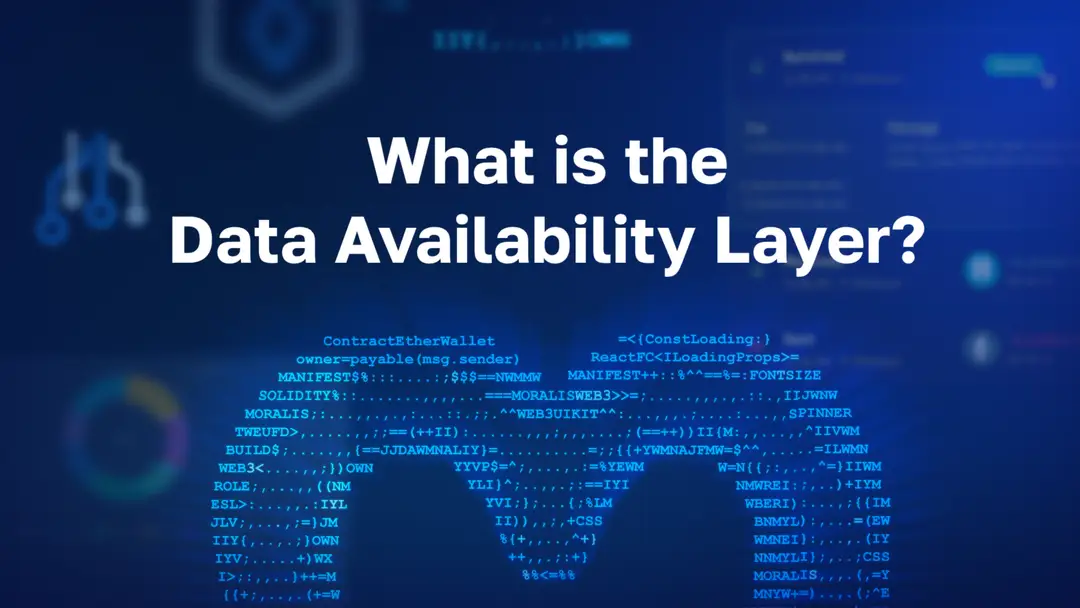2.Expiration Time: This indicates how long the data is guaranteed to be available. After this period, the data may no longer be retrievable.
3.Signatures: These are usually from a set of validators or a committee who attest to the availability of the data by signing the hash and expiration. The number of signatures required can vary, but usually, a majority is needed to validate the certificate.
